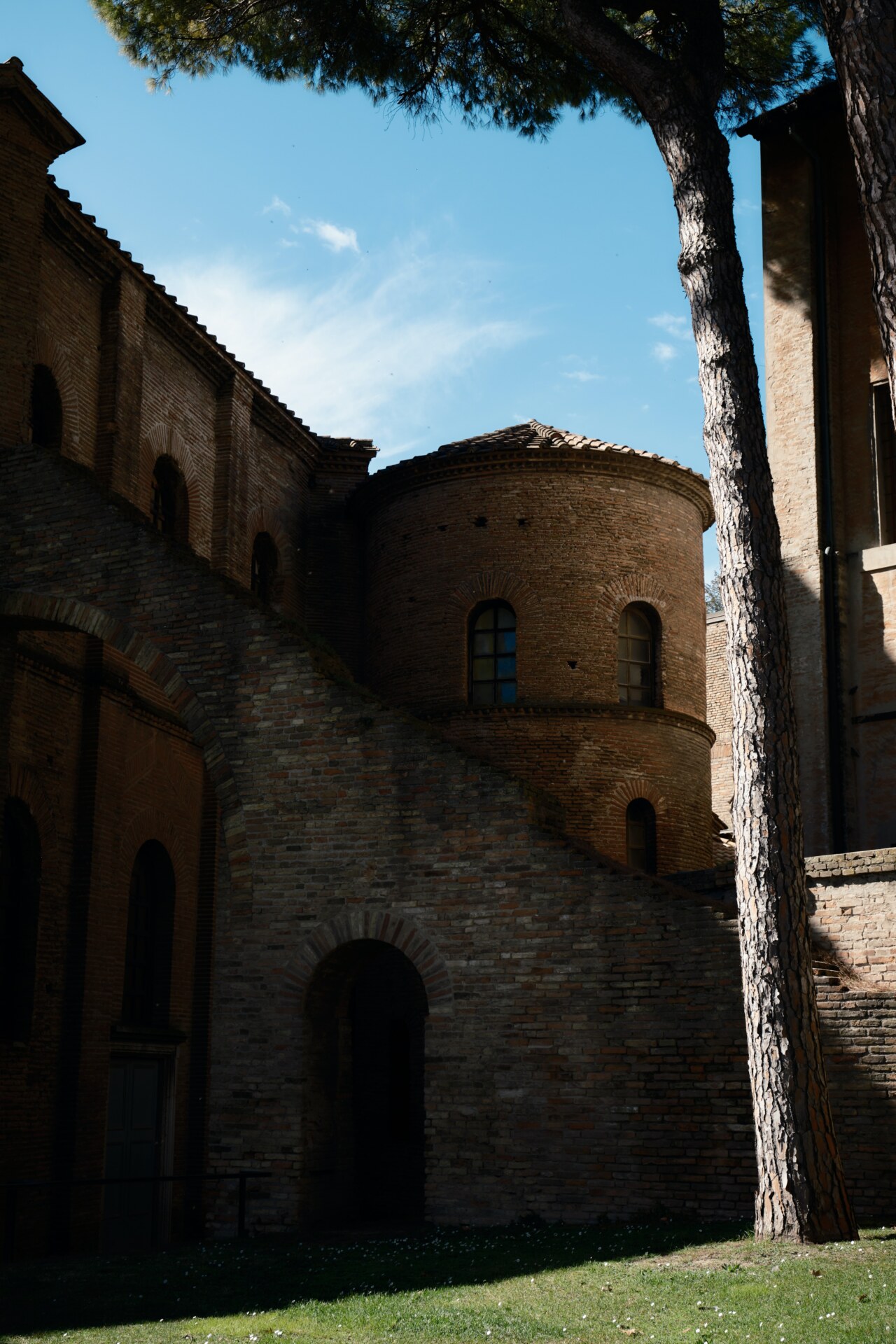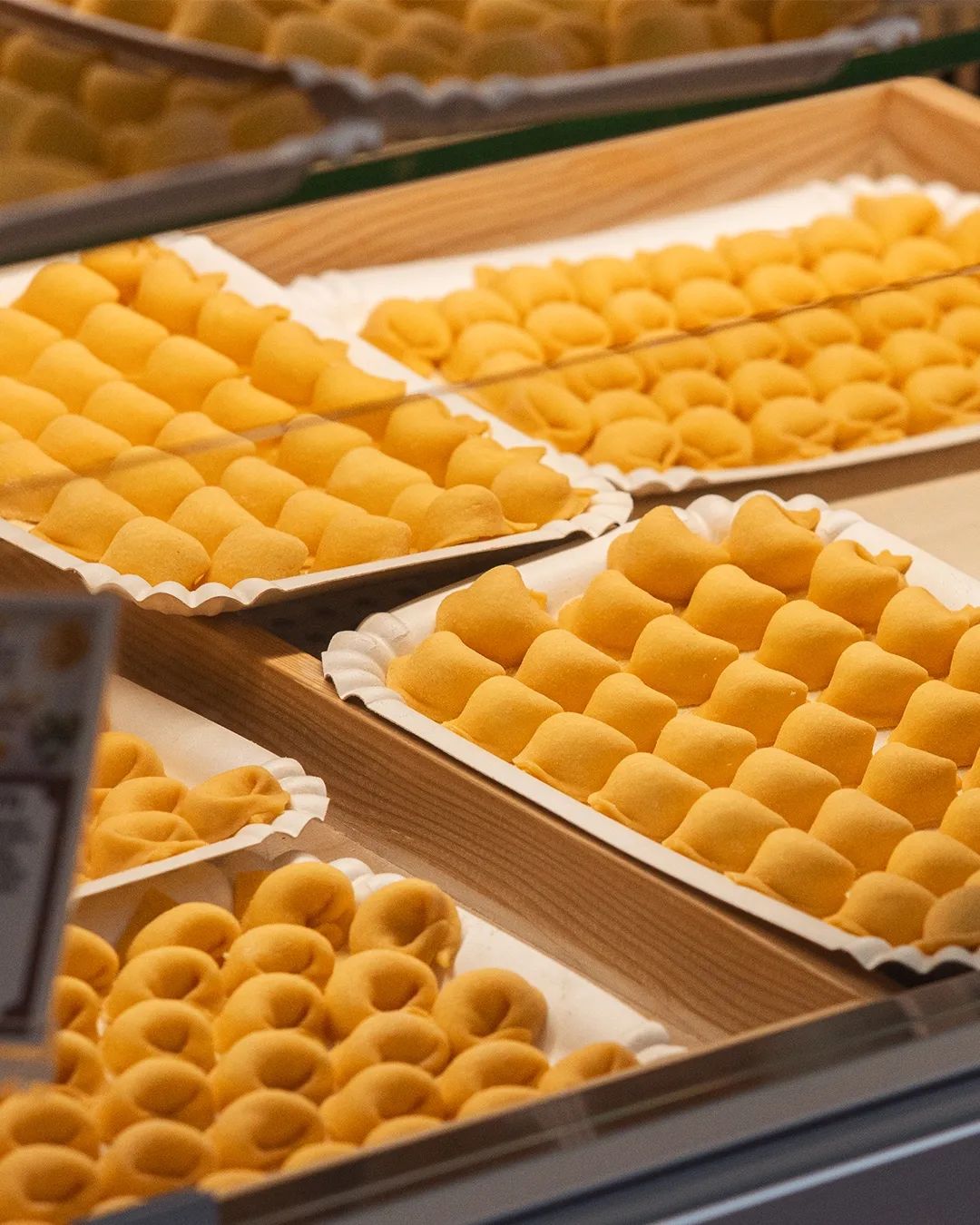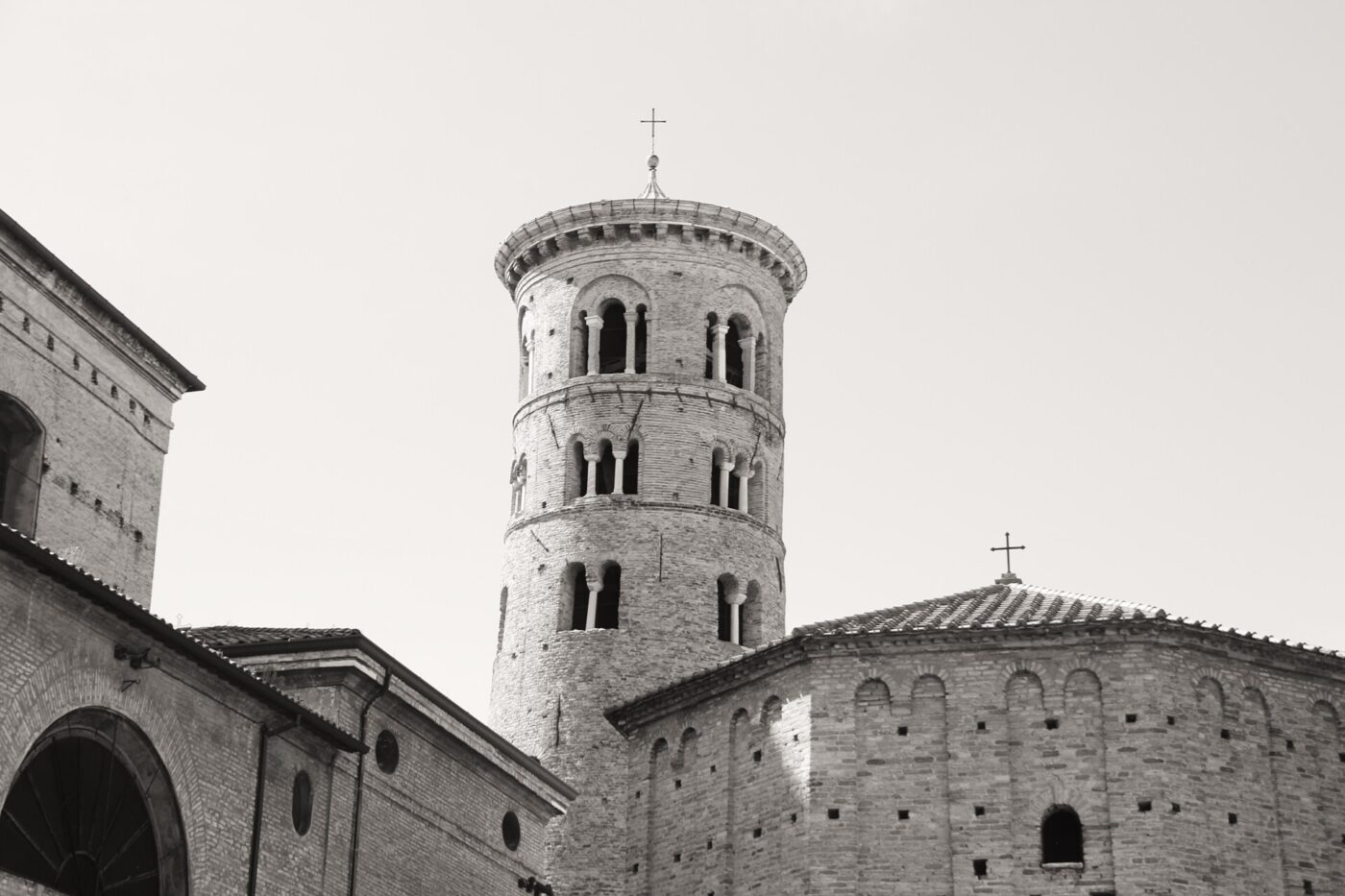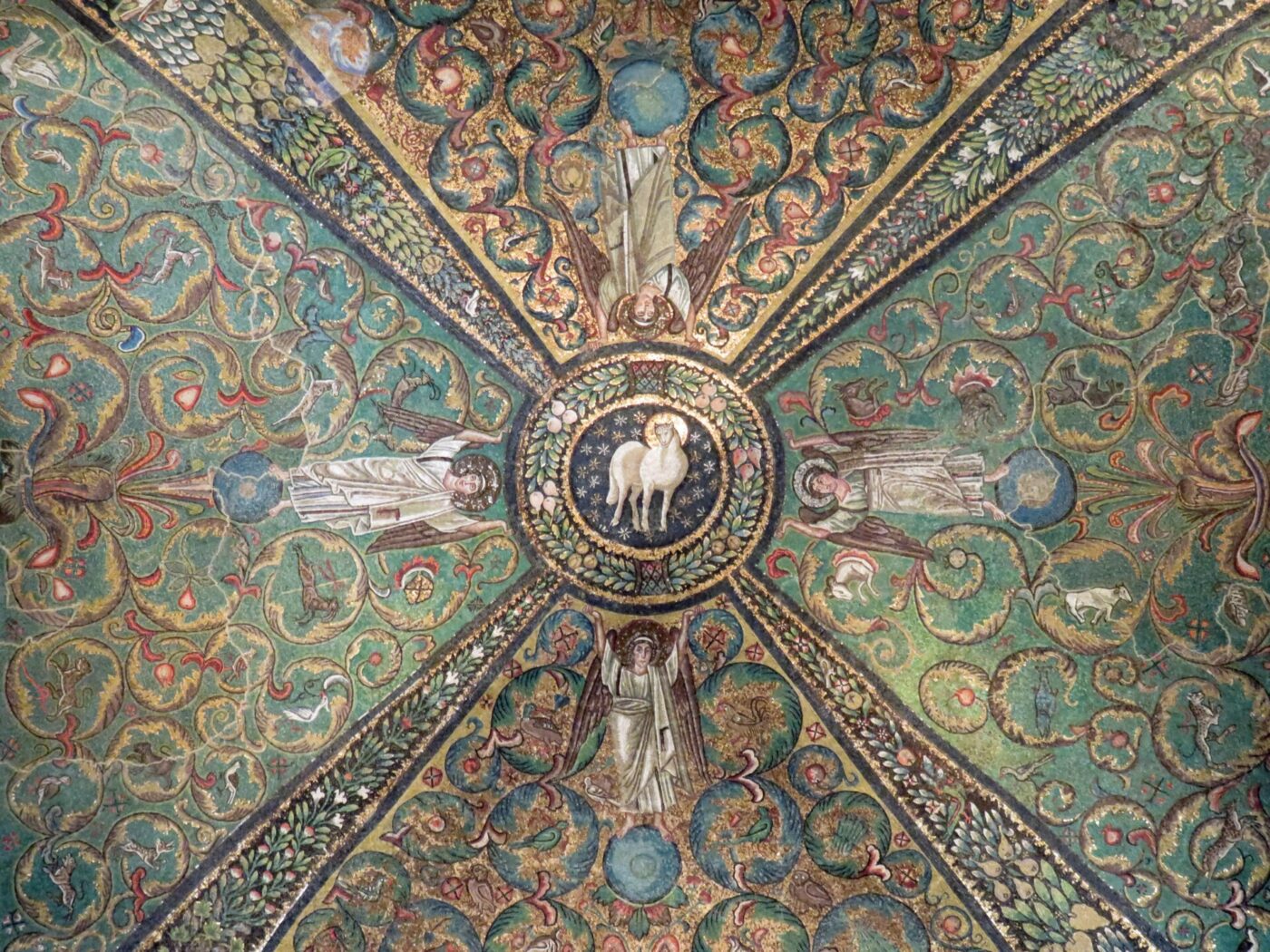The most famous image of Ravenna is one of freeze-frame tranquility: a white, wooden structure, like that of a picture frame, encapsulates a sandy beach reaching outwards into infinity. Given the usual liveliness of these shores, the picture, captured by Luigi Ghirri, can feel a bit off-putting–and is even more haunting in the context of the devastating flood that hit Emilia Romagna earlier this summer, and put Ravenna, the entire region, and its famous beaches at a standstill.
For many Italians, Ravenna has always been synonymous with summer holidays, the slightly nostalgic kind. Blurred memories of the Mirabilandia water park, ice cream parlors by the sea, the endless lidos on which to play as children and to dance the long summer nights away later on in life. But, since the flood, the image of Ravenna has transformed, becoming synonymous instead with natural disaster and hardship.
The province of Ravenna was one of the hardest hit by the floods, together with Bologna, Imola, and Modena, and, in the town of Faenza, under the jurisdiction of Ravenna, widespread physical and cultural damage occurred under meters of mud and water. The natural disaster claimed 15 victims–three in Forlì, four in the province of Cesena, seven in the province of Ravenna, and one in the province of Bologna. The city of Ravenna, meanwhile, only suffered damage in peripheral and agricultural areas (100,000 hectares of cultivated land were flooded in the countryside), and Ravenna’s UNESCO sites, valuable artistic repertoire, and beaches have, thankfully, remained intact.
Ravenna has its 18th-century architects to thank for this disaster aversion: stable embankments and hydraulic works were built to divert the confluence of the Ronco and Montone rivers in the 18th century, and proved their use again when the floods hit. Moreover, the timely decision was taken to drain one and a half million cubic meters of water, which had flooded the plain, towards the sea and the Po, reversing the direction of the Emiliano Romagnolo Canal.
While the effects of the disaster will continue to ripple for centuries to come, the more immediate impact, compounded by the misguided media coverage of the area, is a major hit on summer tourism. The image of Ravenna is no longer Ghirri’s famous shot, but a photograph of dark water covering what used to be a street, a crooked street sign clearly stating “Ravenna” jutting out above it. This photograph has been widely circulated in the news, even when the story is not related to the city itself.
While the rest of Italy battles with overtourism–Sicily is experiencing its busiest season to date, and numbers of tourists are record high along the Amalfi Coast, Liguria, Rome, and Florence–Emilia Romagna faces opposite concerns. Local government and business-owners wonder if they will be able to stay afloat in the wake of the flood, not because of the damage done by the flood itself, but because of the way it wiped out tourism.
It’s too early to talk about numbers, but the municipality of Ravenna, in the days following the floods, launched a campaign to counter the false perception that the region is unvisitable: #iovadoaravenna, meaning “I go to Ravenna”. Locals chose not to identify themselves as victims, but as survivors, choosing to stay in their city, rebuild, and start again.
As Maria Grazie Marini, Manager of the Tourism Service of the Municipality of Ravenna, makes clear as soon as I ask her: “A month after the flood, we can say that the calamity has not touched the tourist areas, however we have suffered from a perception damage. You can come here safely; you can still have the holiday we have always been able to offer.”
If you do choose to spend part of your summer holidays in Ravenna this year, here are some suggestions for how to spend your time in the city and support the locals who need it most.
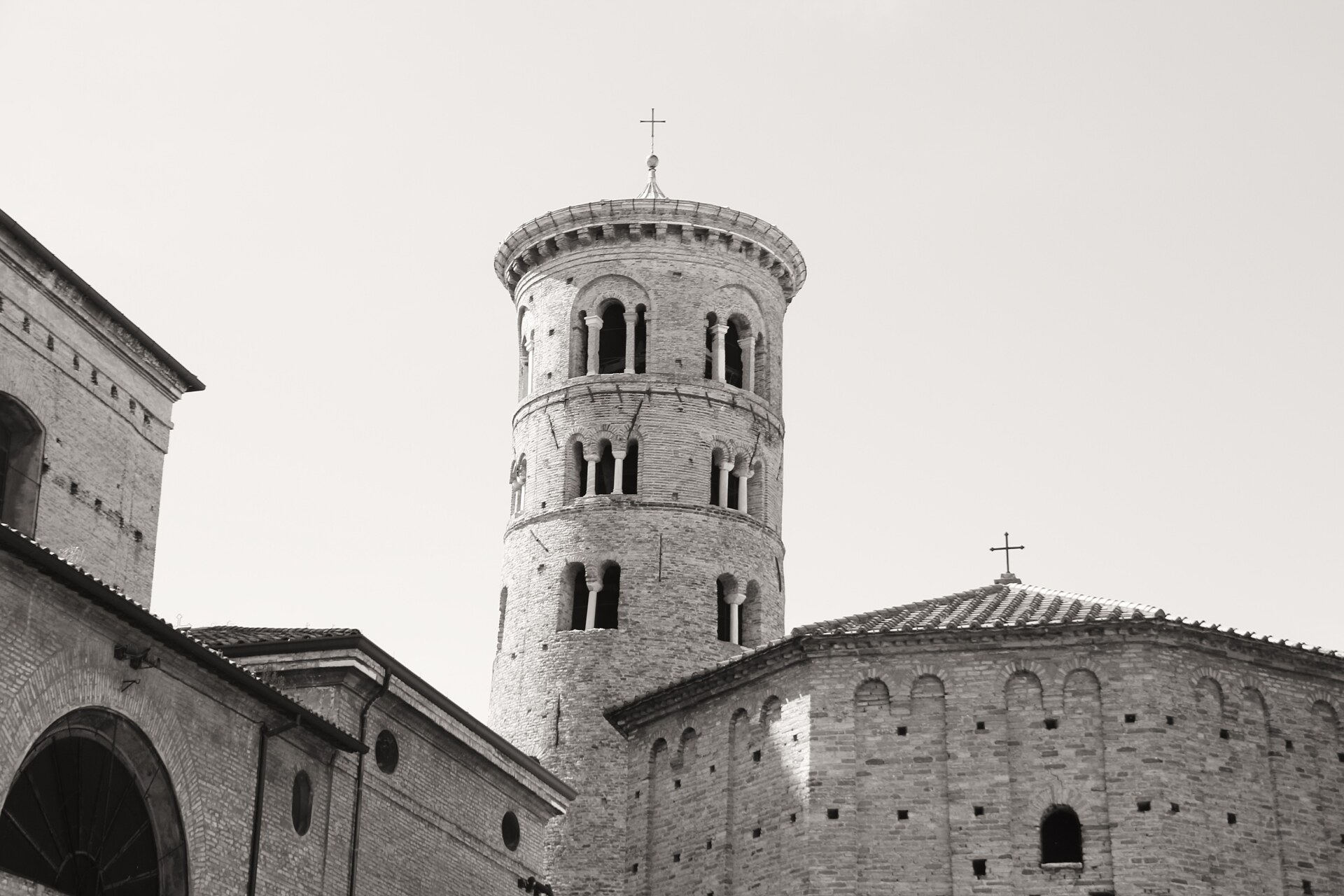
What to See
Ravenna is not just any city on the Romagna coastline: it was the capital of the Western Roman Empire and a fundamental center of the Byzantine Empire, which is why it houses the most important Byzantine mosaics in Italy. Dante lived and died here, leaving numerous traces. And this tradition of culture continues to live in new spaces.
Byzantine tiles – Behind the austere-looking doors of Ravenna’s main historic sites, you will find glittering treasures of gold and blue tiles, which sparkle as the sun hits them from the windows. For the most soul-stirring displays, head to the Mausoleum of Galla Placidia, Basilica of San Vitale, Neonian Baptistery, Sant’Apollinare Nuovo and Sant’Apolinare Classe.
A lot on Dante – The Sommo Poeta (Supreme Poet) lived and died in the city: you can pay your respects by visiting his neoclassical tomb. Not far away is the Museo Dantesco, where his story is told through contemporary art pieces, ranging from comics to multimedia installations to paintings. Don’t be surprised to meet him also in the streets (precisely in Via Pasolini), where there is a graffiti version of his face signed by the Brazilian artist Kobra. You can also visit Dante Plus, an exhibition curated by Marco Miccoli, that is currently displaying forty-four artists’ interpretations of Dante and his work. The showcase includes Stikki Peaches’ tattooed Dante; the ironic works of Giulio Alvigini, founder of the project Make Italian Art Great Again; Daniele Pierantozzi’s supernatural paintings; and Fabio Pignatta’s large-scale installation using recycled materials. You can visit the evocative exhibit until December 17th, 2023.
Street art – In Ravenna, there are more than 80 street artworks by the best names of the international scene (Ericailcane, Bastardilla, Millo, Jim Avignon, Basik, Pixel Pancho, Qbic, Tellas, Camilla Falsini, Zed1), thanks to the Subsididenze festival, which has been repainting Ravenna since 2014. Grab a bike and explore the Darsena, Porta Adriana, Stadio and Rocca Brancaleone areas. And bring your smartphone: some of these works come to life in augmented reality, populating these neighborhoods with fantastic characters.
Contemporary art in relation to the floods – Russi, one of the hardest hit of Ravenna municipalities, is playing host to an important and timely exhibition. SIEMBRA DIRECTA, curated by Alessandra Carini and Paolo Pileri, was conceived before the disaster, but the discussion it proposes is now even more topical. Oscar Dominguez and Ana Hillar, Argentine artists who have been living in Faenza for more than twenty years, will showcase site-specific works on the theme of safeguarding the soil, an essential resource that is running out. The exhibition will be open at Palazzo Russi until September 24th, 2023.
Nature at Pineta di Classe – This wild area full of pines, oaks, evergreens, and marshes marking the transition to wetlands is perfect for cooling off on hot summer days. It is said that Dante came here to seek inspiration; who knows, maybe it will work for you too.
Beaches – 35 kilometers of beaches with dozens of establishments designed for all types: party people, families, nudists, nature lovers. After a short period of rough waters and murky run-off, the Ravenna coastline is now back to its usual clear, calm blue.
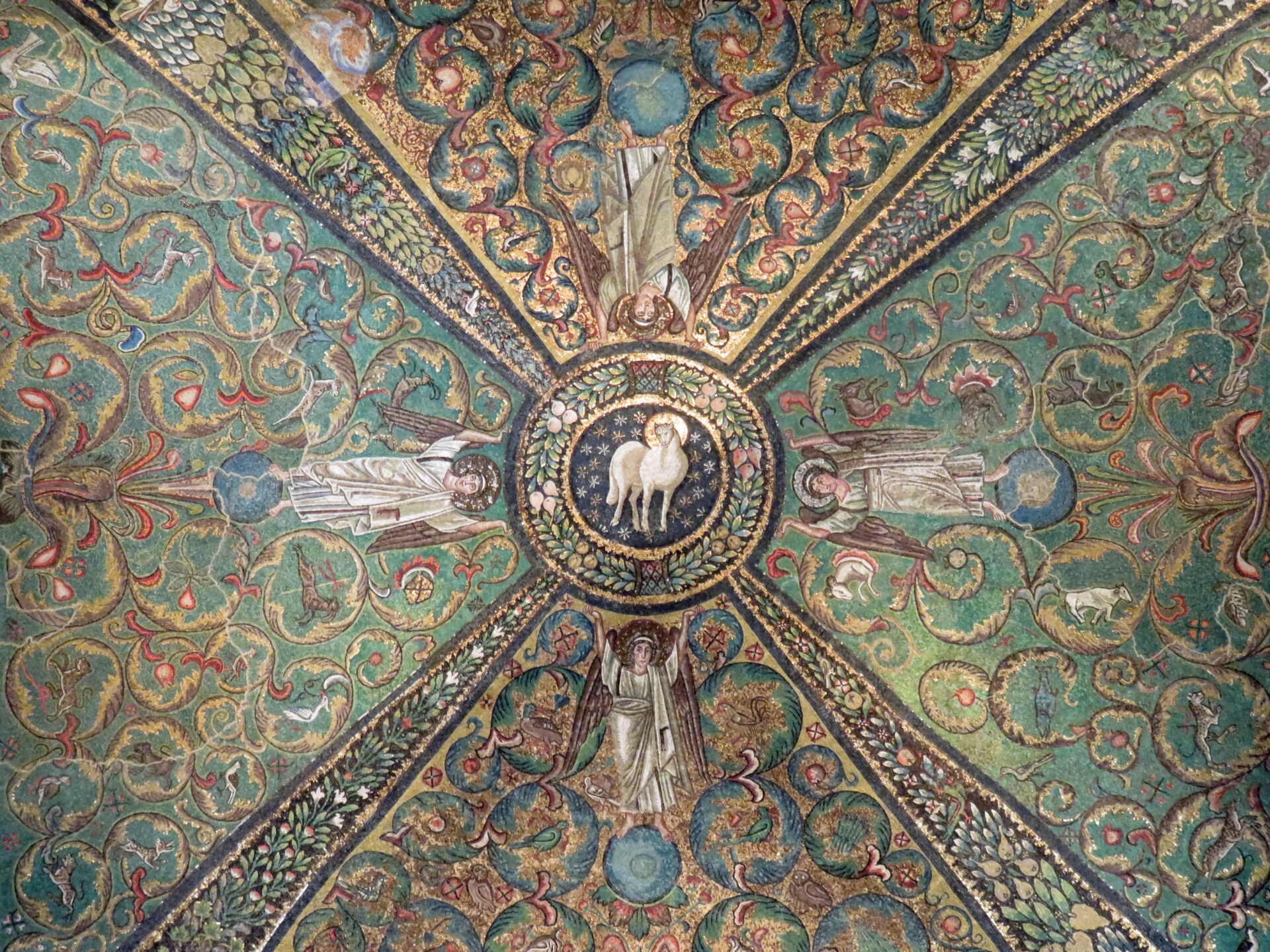
Where to Eat and Drink in Ravenna
If you think Romagnan cuisine is rich, wait until you pass through Ravenna. Here, marine and agricultural traditions meet, and there are ample options for haute cuisine and traditional dishes.
Raflò – sapori di cassa – Erica Liverani, winner of Masterchef 5, helms this homey restaurant and gastronomic boutique in the city center.
Mercato Coperto – For an informal atmosphere and traditional products, sit on the benches and make yourself a picnic out of the goods from this market’s stalls. If, on the other hand, you want to treat yourself to high quality food and fabulous settings, the market also houses Ristorante Alexander, a former Art Nouveau cinema, and Capannina, one of the best restaurants on Ravenna’s coast.
Canale Candiamo – After sundown, head behind the station and to the Darsena area, where you can have a drink amongst locals in one of the converted industrial spaces along the water.
Darsena Pop UP – This multi-functional complex brings together a bar, pizzeria, restaurant, ice cream parlor, and free areas for basketball, parkour, skateboarding, beach volleyball, and much more. The Darsenale brewpub offers a great selection of craft beers, huge burgers, and an amazing sunset over the canal.
Boca Barranca – A boho-chic design scheme and Mediterranean menu make this trendy beach-side aperitivo spot and restaurant feel fresh and fun. Sip a glass of local wine on a lounger with your toes in the sand, or dine on a full tasting menu.
The Woodpecker – An always-bustling spot where the party goes on all night long. Look carefully, and you’ll find an important piece of art: Blu’s graffiti adorning the club’s iconic dome.
So, instead of following the crowds this summer, which is seriously unpleasant, give Ravenna a chance. The city will welcome you with open arms, peaceful sandy shores, Byzantine beauty, and a surprisingly contemporary art scene.
